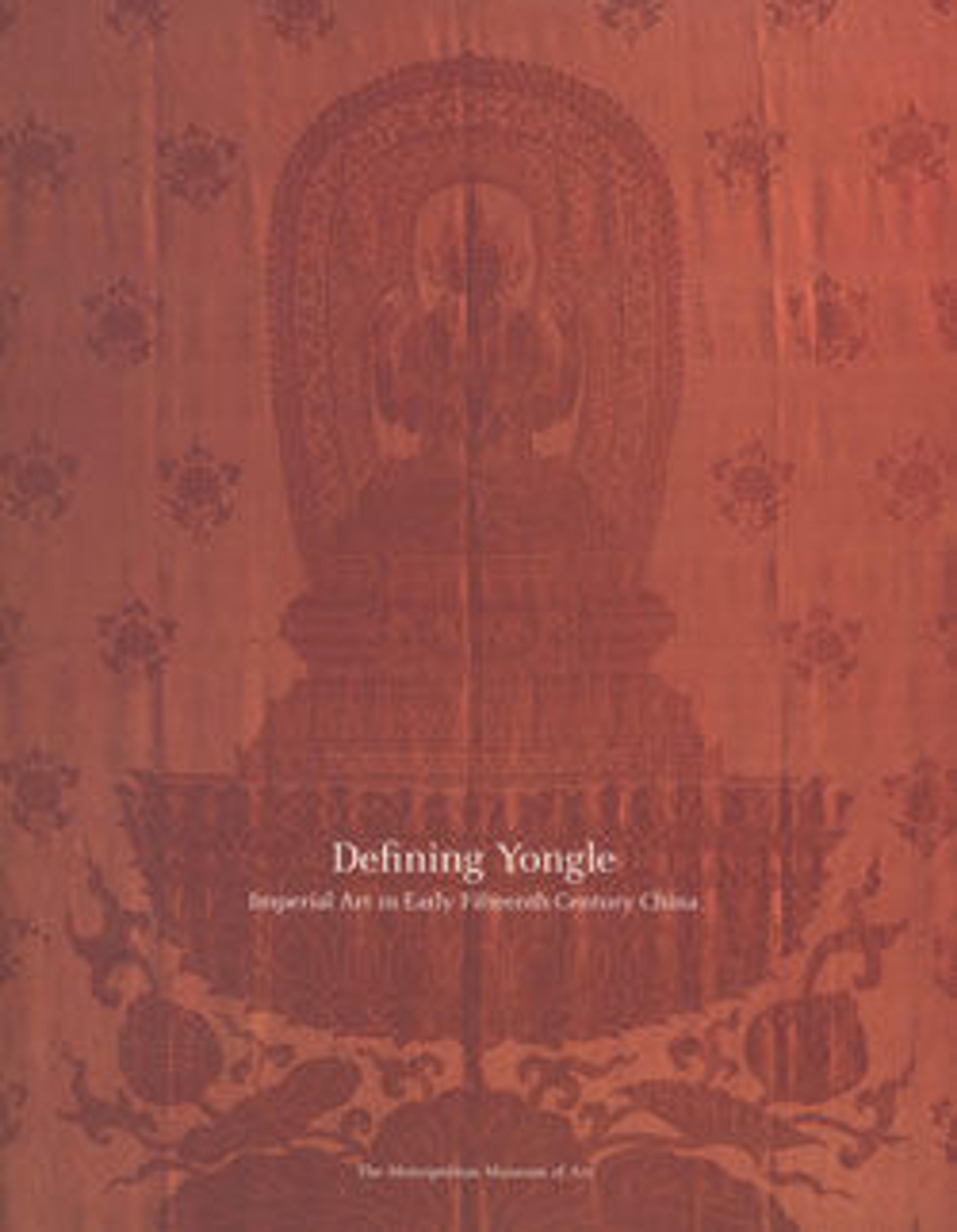Base for a mandala
Ceremonial mandalas were used in later forms of Buddhism, including Esoteric Buddhism, which flourished in Tibet from the tenth century and was influential at the Chinese court after the fourteenth. This base once supported a three-dimensional mandala that probably comprised small sculptures, models of temples and stupas, or colored sands. The decoration combines lotus flowers (Buddhist symbols of purity) at the top with the Eight Buddhist Treasures at the sides.
Artwork Details
- 明早期 掐絲琺瑯壇城座
- Title:Base for a mandala
- Period:Ming dynasty (1368–1644)
- Date:first half 15th century
- Culture:China
- Medium:Cloisonné enamel
- Dimensions:H. 3 in. (7.6 cm); Diam. 13 1/2 in. (34.3 cm)
- Classification:Cloisonné
- Credit Line:Purchase, Florence and Herbert Irving Gift, 1992
- Object Number:1992.331
- Curatorial Department: Asian Art
More Artwork
Research Resources
The Met provides unparalleled resources for research and welcomes an international community of students and scholars. The Met's Open Access API is where creators and researchers can connect to the The Met collection. Open Access data and public domain images are available for unrestricted commercial and noncommercial use without permission or fee.
To request images under copyright and other restrictions, please use this Image Request form.
Feedback
We continue to research and examine historical and cultural context for objects in The Met collection. If you have comments or questions about this object record, please contact us using the form below. The Museum looks forward to receiving your comments.
